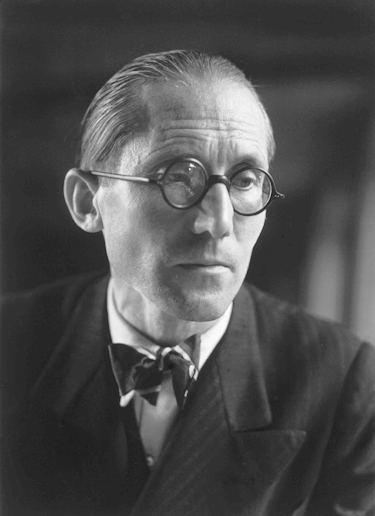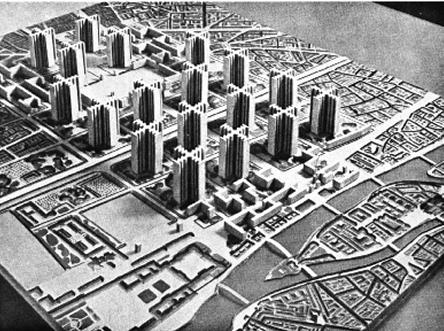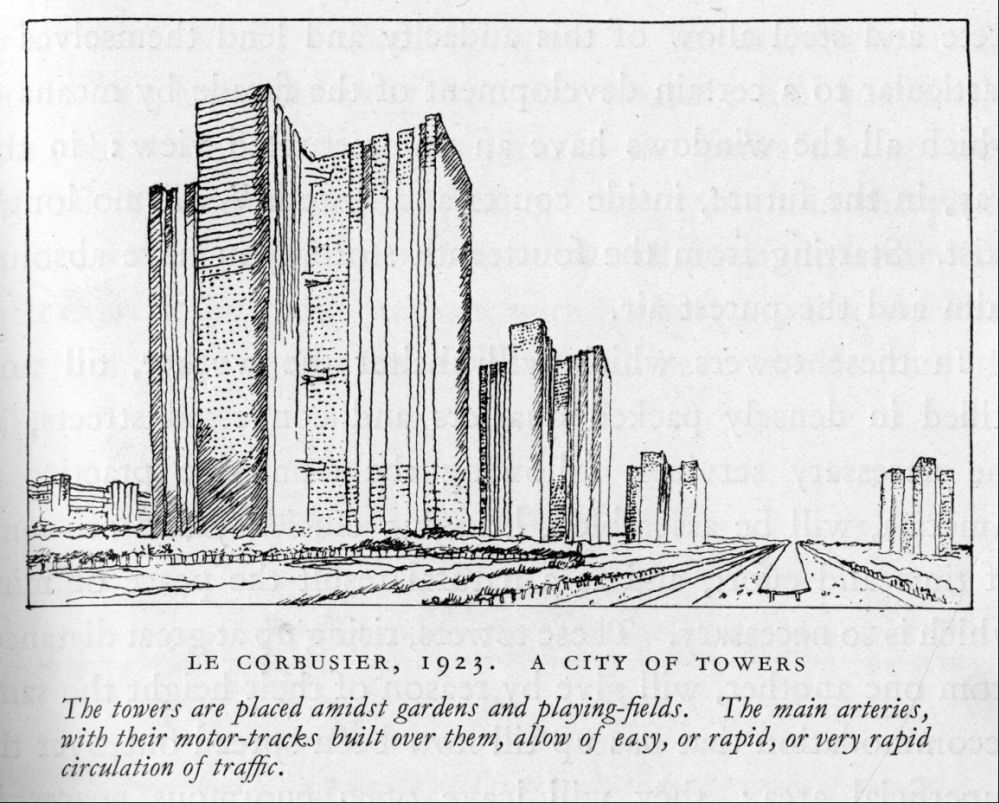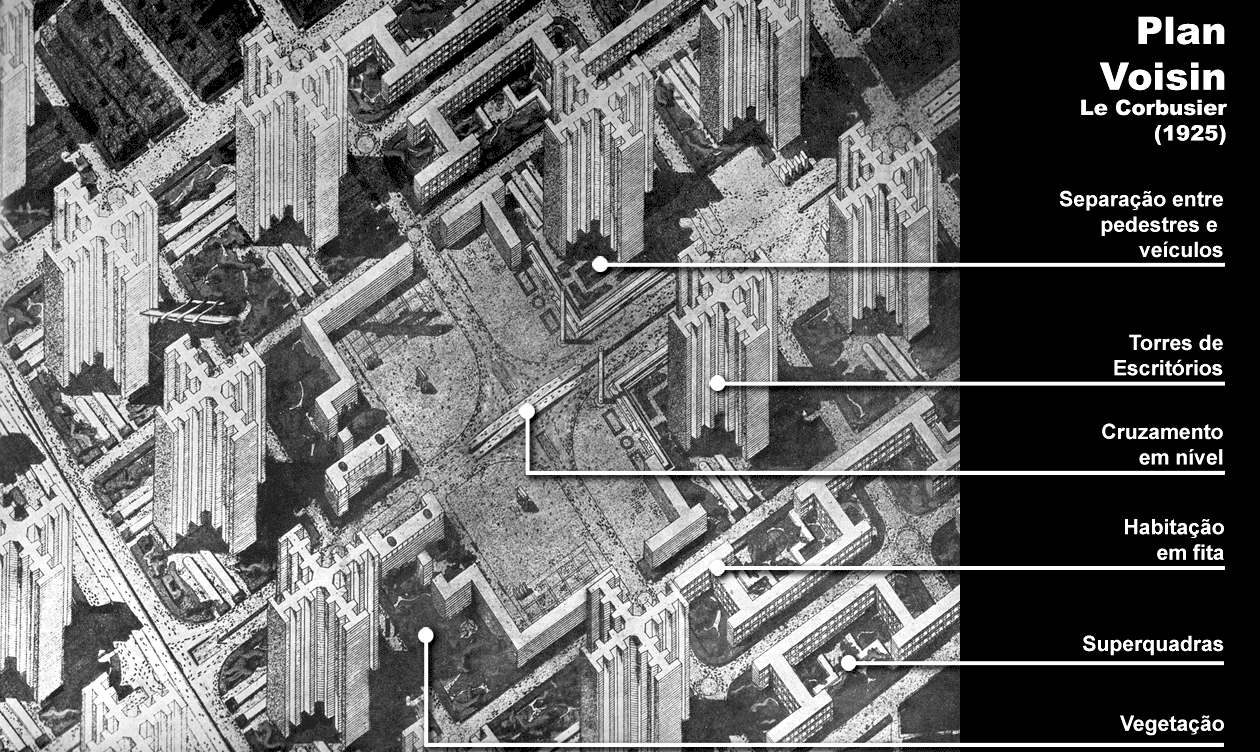The year was 2009, I had an interview article published in University of Pennsylvania's annual architectural publication and conference, UnSpoken Borders. The article was based on what has now been close to 10 years of assembling cross disciplinary information to make a connection between architecture and the development of hip hop culture and vice versa.
“Negro music has touched America because it is the melody of the soul joined with the rhythm of the machine. It is in two part time; tears in the heart; movement of the legs, torso arms and head. The music of the era of construction; innovating. It floods the body and heart; it floods the USA and its floods the world. The jazz is more advanced than the architecture. If architecture were at the point reached by jazz, it would be an incredible spectacle.” - Le Corbusier
This statement by Le Corbusier served as a catalyst for the development of my Graduate Thesis, “Hip Hop Inspired Architecture" completed at University of Detroit Mercy's School of Architecture. In short, the thesis established a framework for analyzing the developments of cultural architectural styles then assimilated these precedents within the proposed creation of a Hip Hop inspired architecture. Johann von Goethe said, “I call architecture frozen music.” My thesis sought to freeze the most socially and culturally recognizable music in the world, Hip Hop.
By first understanding the inspirations behind the creation of each cultural architecture style, we can learn that the synthesis of architecture and black musicis not a new concept. The Harlem Renaissance, specifically jazz music, was the inspiration of one of the most notable architecture styles of all time, Art Deco. Furthermore, one perceives how Le Corbusier’s musings on black culture coupled with the criticisms of his "Tower in a Park" schemes for Paris predicted and established the environments which necessitated the birth of Hip Hop culture.
Lets be clear, this is not an attempt to take the credit from my black and brown brothers who are the true fathers of hip hop culture, but a means of analyzing the relationship between hip hop culture and architecture through historical data. While Le Corbusier should not be credited with being the forefather of Hip Hop, his physical and theoretical works directly contributed to the physical environments which necessitated the birth of Hip Hop culture. A sampling of his "Towers in a Park" scheme would became the standard for low income housing construction across the nation, including New York, where Hip Hop Culture was born.
In 2008, the PennDesign Black Student Alliance sponsored a conference entitled, “Ecologies of Inequality”, at the University of Pennsylvania. Their goal, “to provide a critical opportunity to explore the nexus between race, space and class and to confront latent biases that may enter into design practice and experiences”, inspired me to submit my research of my as a presentation proposal. Ultimately, the proposal was chosen for publication and then summarized in the Cultural Heirarchies Chapter of the “UNSPOKEN BORDERS 09 : Ecologies of Inequality” journal. As stated in the journal’s introduction, all of the included projects and publications “emphasize that race, class and cultural issues matter to the work of designers. These issues are at times the harbinger of failed systems. Through the perspectives of theory and experiences of practice, we seek to spark an ongoing conversation about design’s impact on our world. As designers, we have a unique responsibility to rethink existing systems and created ecologies of equality.”
Click here for a text version of interview
As a post-graduate who blurs the threshold between academia and professional practice, I have continued the exploration of Le Corbusier and his impact, directly and indirectly, on African Americans through an ongoing lecture series titled, Hip Hop Inspired Architecture. The series is dedicated to stimulating cross disciplinary discourse between practitioners, students and residents on the sociological and cultural implications of architecture and urban planning on its inhabitants. More specifically, I unveil the subconscious roles of historical architectural figures such as LeCorbusier in envisioning the built environments which necessitated the birth of hip hop culture.



